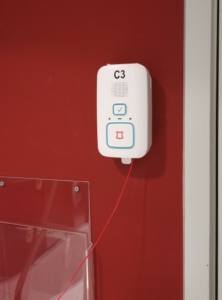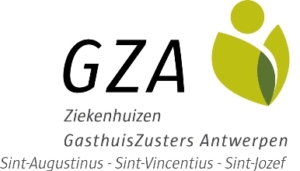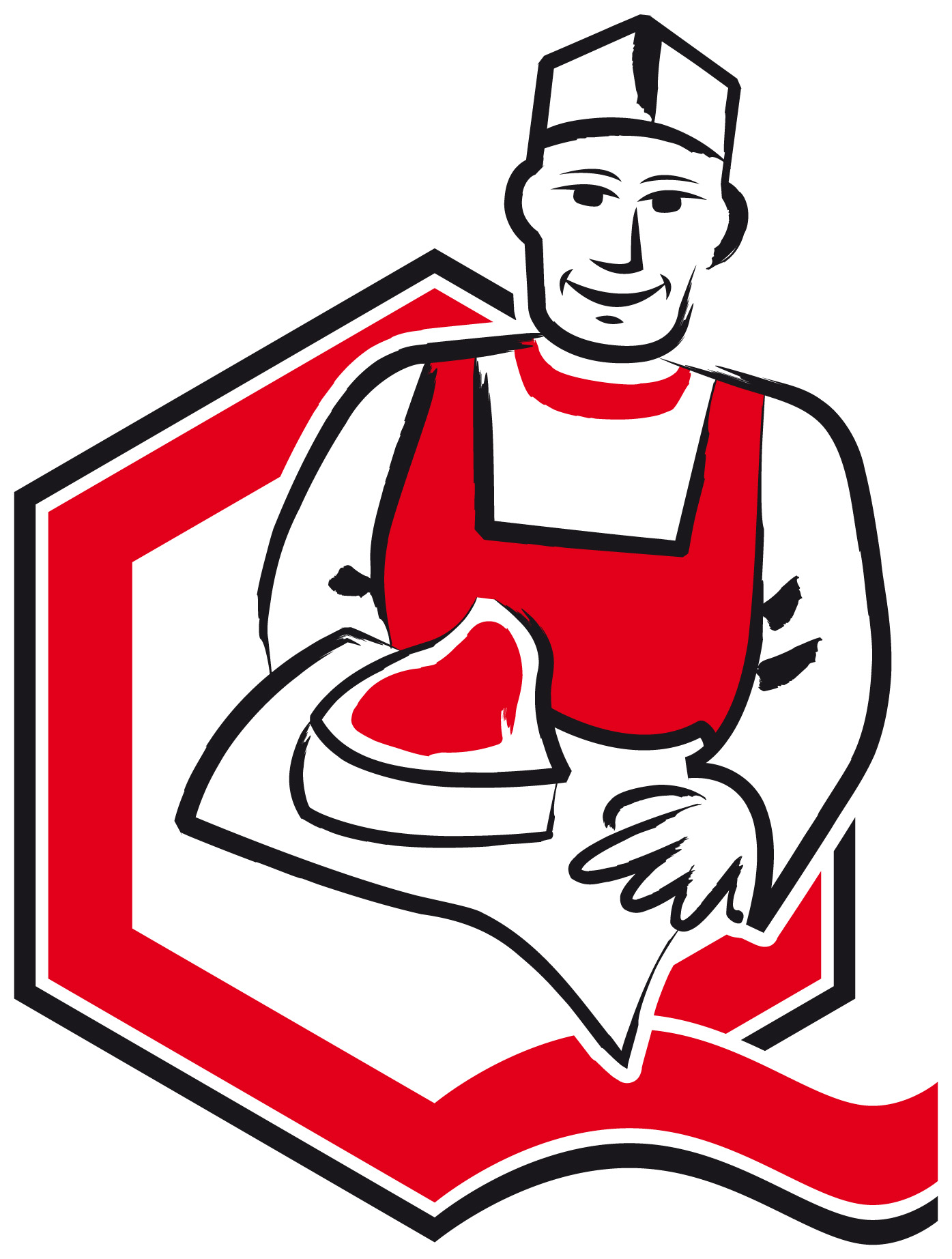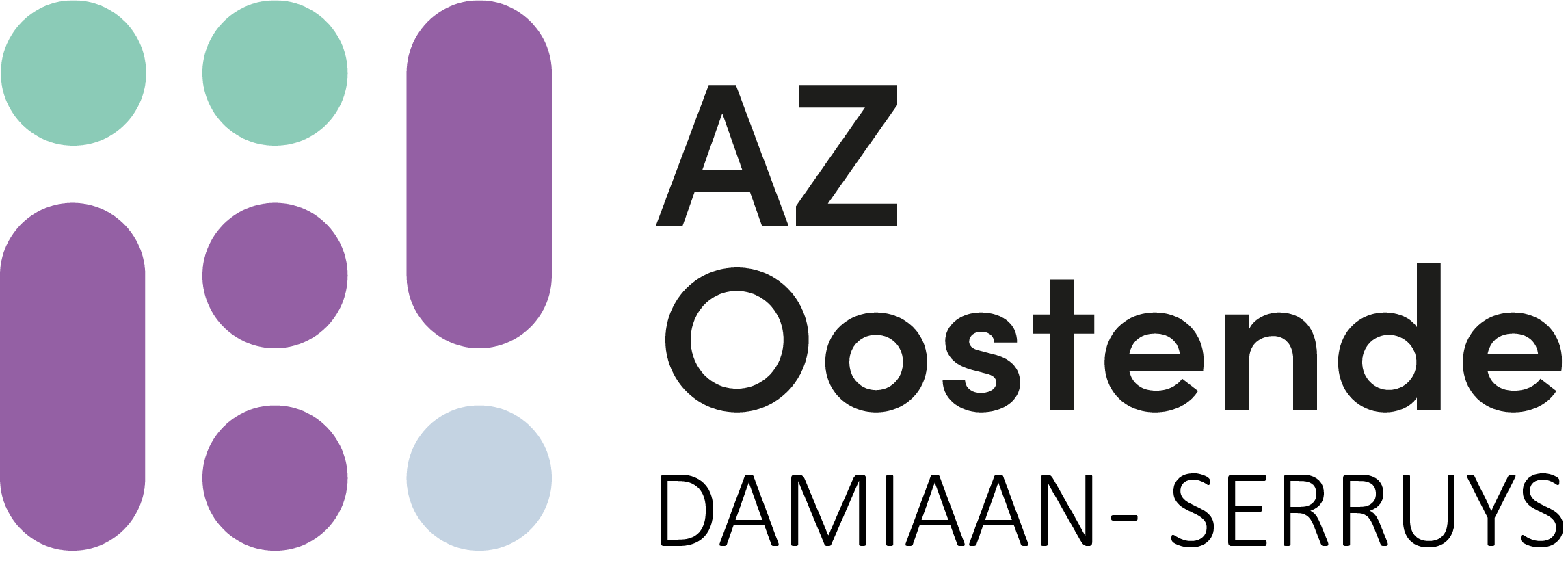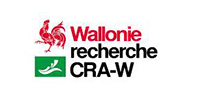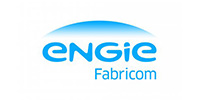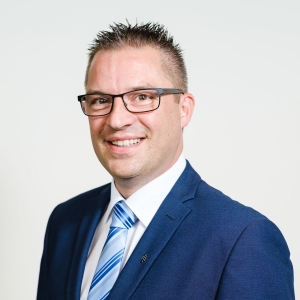When COVID-19 took hold of our country, every hospital had to provide the necessary infrastructure for the treatment of infected patients in a hurry. This meant not only extra beds, but also a solution for the response system without an extensive investment in additional cabling and network provision. The GZA Hospitals in and around Antwerp completed the job thanks to a group effort with PHI DATA.
The GZA (GasthuisZusters Antwerpen) Ziekenhuizen vzw is an organisation consisting of three campuses: Sint-Augustinus in Wilrijk, Sint-Jozef in Mortsel and Sint-Vincentius in Antwerp, together accounting for more than 900 recognised beds, and an outpatient clinic on the left bank of Antwerp.
When the coronavirus unleashed its terror on our country, GZA, too, had to think on its feet to cope with the expected influx of COVID-19 patients. That is how pain clinics and orthopaedics wards were transformed into additional emergency wards. This represented an enormous logistical challenge: not only did we have to equip the rooms there with the necessary beds, lighting and medical facilities, but other facilities – indispensable for an emergency ward – also have to be made available. An emergency response system is certainly one of them.
PHI DATA: fast and reliable
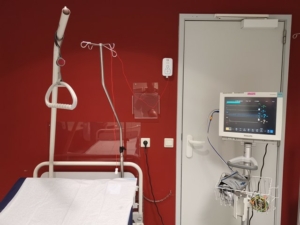
When GZA was considering the best solution for a patient emergency response system, they soon realised that PHI DATA could provide that solution, says Jared Willems, Head of the Engineering Department at GZA: “We had already purchased such a solution from PHI DATA some time before, to be used during refurbishment projects. So we knew that this was a reliable and affordable solution for us in this exceptional situation. A solution that was, moreover, already known to our nursing staff and where we did not have to fear for user acceptance. The only problem was, we had to be able to access it quickly.”
Upon inquiry, it appeared that the requested number of systems were not immediately available and that some appliances still had to be delivered from abroad. “A small delay, that’s true,” Geert Palmans, Engineering staff member at GZA, reminisces, “but that was perfectly accommodated by the PHI DATA team. As soon as the appliances were available, our contact Wim Verduyn delivered them in person.”
No hassle with cables
The installation and configuration went extremely smoothly. There are two reasons for this, according to Geert Palmans: “First of all, we already had PHI DATA solutions in place, including for temperature measurements, and so it was easier to link the solution to existing software for sending signals, forwarding these to the nurses on duty and processing the calls. Secondly, the solution itself is also extremely easy to configure: battery-powered and connected via Wi-Fi, so no cabling was needed. This makes it ideal for fast and temporary solutions such as this one.”
What’s more, the ease of use for patients and nurses was ideal, explains Geert Palmans: “Before commissioning, the nurses were asked how they prefer to receive the calls. They opted for alerts on the MobileView software platform on the PCs, where the alarms can be received both auditively and visually, and – via a link to our Mobicall alarm server – on their DECT devices, which they always carry with them.” The patient can easily operate the alarm system, by pressing the large push button with alarm bell, by pulling the supplied pull cord, or by squeezing the air bulb. “Then the alarm remains active until a nurse arrives and presses the smaller green button to deactivate the alarm,” adds Geert Palmans.
Ready for the unexpected
As the disease waned, the need for extra beds for COVID-19 patients disappeared. And the response systems for the extra beds could be stowed away again. Nevertheless, Jared Willems does not see this as a lost expense: “Now that we have the system in place and we know we can rely on it, we can respond very quickly to future requests for (urgent) temporary nurse response systems. Think, for example, of a possible new coronavirus surge, or as part of a contingency plan. But also in the event of planned repairs, such as replacing the existing fixed nurse response systems while a ward remains in use, or in the event of the existing system seriously malfunctioning. All we need to do is take it out of storage, configure it and you’re good to go!”
